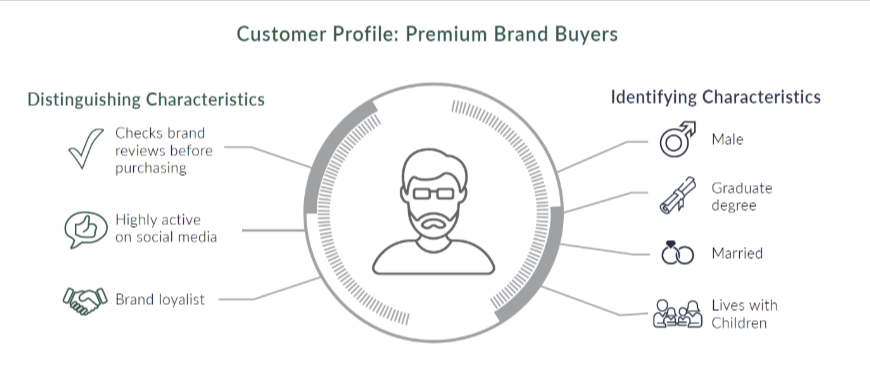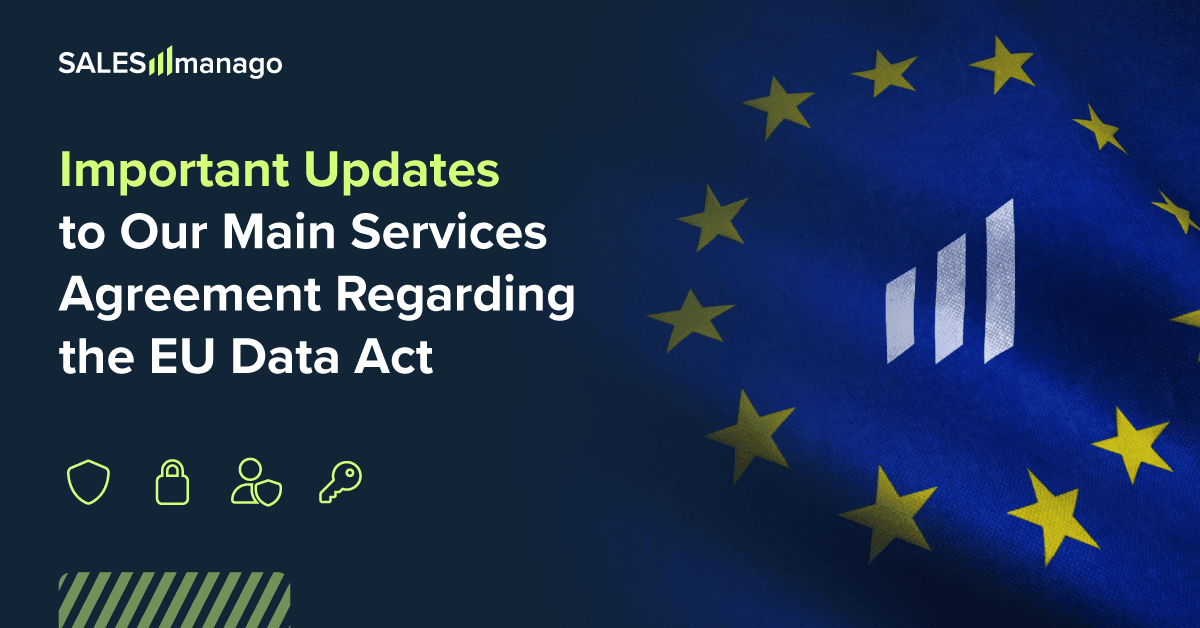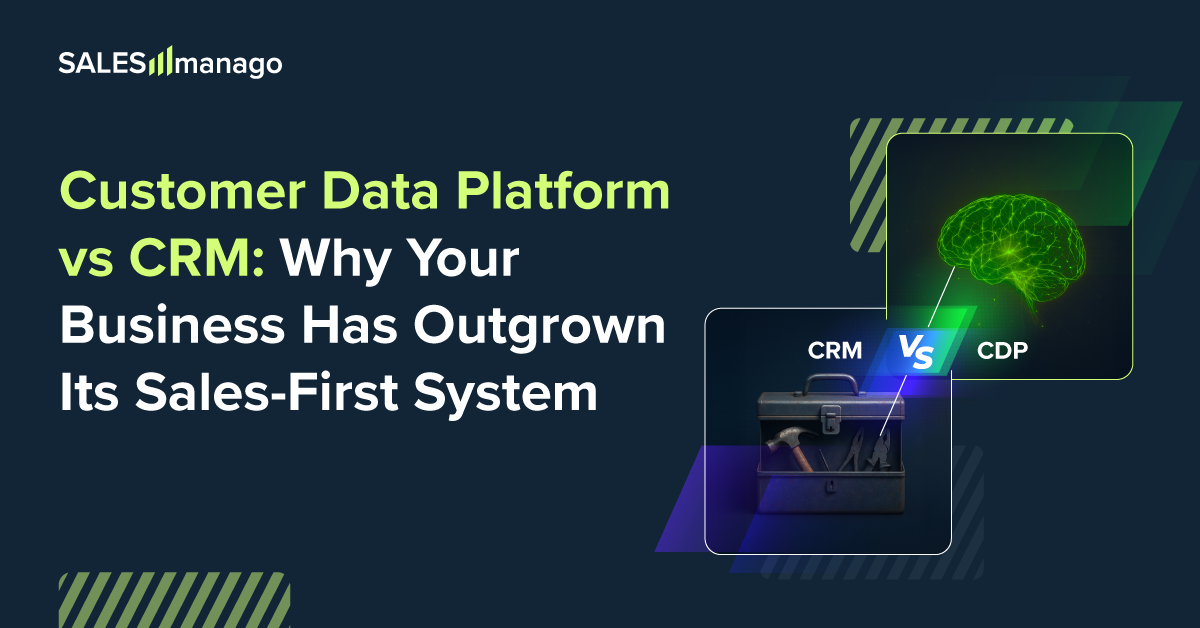
Segmentation has been around for a long time, but for years, it was like an unpolished diamond—rough, inconsistent, and often overlooked. However, with the rise of AI, machine learning, and shifting consumer expectations, hyper-segmentation has become the game changer that modern businesses can no longer ignore. Segmented campaigns can drive up to 760% revenue growth, making them essential for brands looking to stay ahead of the competition.
But let’s be honest—eCommerce has never been more complex. You’re managing multiple platforms, making sense of fragmented customer data, and trying to deliver truly personalised experiences. Sounds familiar? You’re not alone. The only way forward is to refine your segmentation strategies to meet modern consumer demands.
How It All Started
A segment is simply a group of users who share something in common.
At the dawn of personalised offers, market segmentation was elemental, based on just a handful of qualities. Think of a wedding dress retailer—who would their primary audience be? Traditionally, marketers would only target young women in their twenties and thirties. But what about a man buying for his fiancé, a photographer needing it for a shoot, a cosplay fan or even a Gen Z shopper inspired by pop culture?
A decade ago, brands operated under broad generalisations, and that was enough. But today’s consumers expect personalised, relevant offers, and failing to meet this expectation means lost revenue and frustrated customers. This is where hyper-segmentation comes in.
The Evolution of Segmentation
As we said, segmentation has been around as long as eCommerce. But back then, in the 1990s, there was a lot of customer data and no smart ways to analyse it. Today, with AI-driven marketing platforms, businesses can tap into real-time, behavioural insights and create dynamic segments tailored to individual users. Brands now use a combination of:
✅ Demographic segmentation – age, gender identity, education level, income, family structure, job title, and industry
✅ Psychographic segmentation – interests, beliefs, values, personality traits, lifestyle choices, and influence factors
✅ Behavioural segmentation – past purchases, browsing history, brand loyalty, engagement patterns, and spending habits
✅ Geographic segmentation – country, city, climate preferences, local trends, and urban vs. rural shopping behaviours
But is this the final form of segmentation?

Enter Hyper-segmentation
Hyper-segmentation goes beyond broad customer groups, creating real-time 1:1 personalisation that evolves dynamically based on live interactions, intent signals, and AI-driven data processing. It’s more about creating a segment ‘at the moment’, even for a single customer.
According to Capgemini, hyper-segmentation is the “advanced and real-time customisation of offerings, content, and customer experiences on an individual level.” Instead of simply targeting a group, businesses now re-segment their audience dynamically, adjusting in response to real-time data.
This shift is crucial because 70% of Millennials and Gen Z expect hyper-personalised experiences—generic marketing simply doesn’t work anymore.
Top 10 Statistics To Get You on Board
To give you an idea of how important hyper-segmentation is, there is no better way than to use statistics to do it:
77% of marketing ROI comes from segmented, targeted, and triggered campaigns. Hyper-segmentation enables highly personalised campaigns, leading to greater engagement and conversion rates.
Non-targeted campaigns have a 50% lower CTR than segmented campaigns. AI-driven segmentation ensures better email open rates, higher engagement, and increased revenue.
Additionally, creating several specific welcome email series not only shows you’re writing specifically to that subscriber, but they will also potentially create 33% more long-term brand engagement.
Hyper-segmentation leads to a 3-5% increase in returns on promoted sales. AI-driven behavioural segmentation predicts customer needs and boosts sales opportunities. 10% to 15% more revenue is generated by businesses that tailor their offerings to customer segments than by those that do not.
91% of consumers prefer brands that recognise, remember, and provide relevant offers and recommendations. People want to feel valued. Brands that remember customer preferences and past interactions create trust and loyalty.
71% of consumers expect companies to deliver personalised interactions, and 76% get frustrated when this doesn't happen. Businesses that leverage deep customer insights see higher engagement, retention, and lifetime value.
Segmentation makes companies 60% more likely to understand customers’ challenges and concerns and 130% more likely to know their intentions. Hyper-segmentation doesn’t just help brands target customers—it helps them understand motivations and preferences.
82% of companies using personas have come up with an improved value proposition.
For You To Take Away
So, what’s your next move?
Will you continue relying on outdated segmentation models, or will you embrace AI-driven hyper-segmentation to boost revenue, engagement, and long-term customer loyalty?
The future of marketing isn’t broad audience targeting—it’s real-time 1:1 personalisation. The brands that win in 2025 will be the ones that understand their customers at an individual level and take action in real-time.
The choice is yours.
Latest posts

Important Updates to Our Main Services Agreement Regarding the EU Data Act
As your trusted partner in growth, we are committed to staying ahead of the regulatory landscape to ensure your business is always compliant and competitive. In line with this commitment, we are proactively updating our Main Services Agreement (MSA) to align with the new EU Data Act.

Customer Data Platform vs CRM: Why Your Business Has Outgrown Its Sales-First System
For decades, the Customer Relationship Management (CRM) system has been the undisputed centre of the customer universe. Born out of the needs of sales teams, it was adopted by marketers because, for a long time, it was the only tool available to manage customer data. The belief that this sales-first system can still act as the central "brain" of a modern ma...

August's Low Tide: Trends' Seabed
August has a unique rhythm, doesn't it? It's the low tide of the business year. The frantic waves of the first half have receded, and for a brief moment, the seabed of our industry is exposed.This quiet period is our chance to walk the sand and see the underlying structures we usually can't: The shifting channels of influence, the new habits etc...